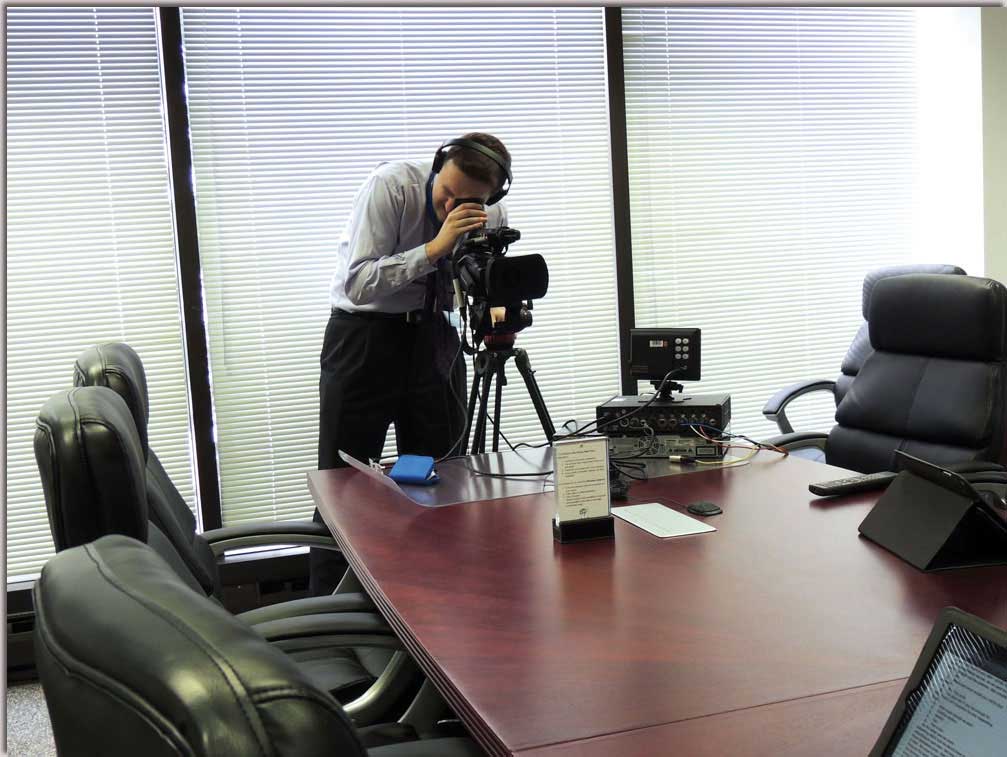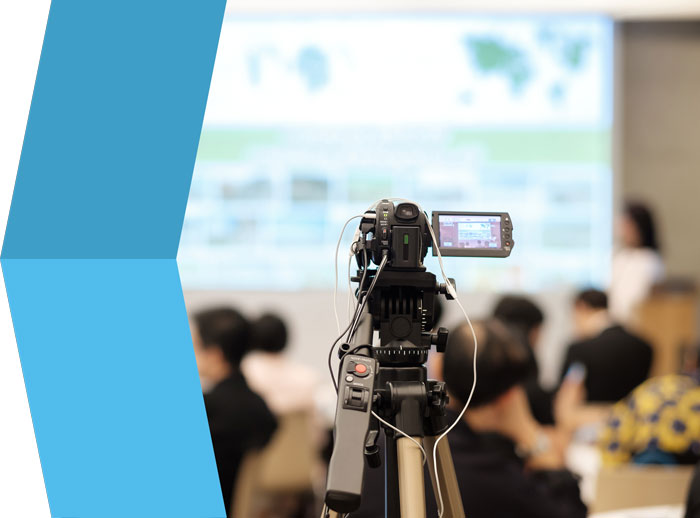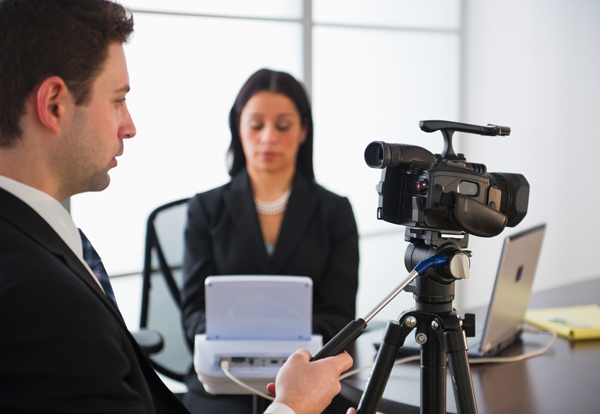Legal Videography: Changing the Way Evidence is Caught and Offered
Legal Videography: Changing the Way Evidence is Caught and Offered
Blog Article
Diving Into the Devices of Legal Videography: Unveiling Its Operation in Safeguarding Authentic Aesthetic Statement for Judicial Process
In the realm of judicial process, the role of lawful videography stands as a keystone in preserving and offering visual proof. As technology proceeds to advancement, the mechanisms behind legal videography have actually become progressively intricate, providing a critical layer of authenticity to statements caught on video clip.
Historic Development of Lawful Videography
Checking out the historical development of lawful videography reveals a substantial change in the catching and discussion of aesthetic evidence within the legal landscape. In the past, legal proceedings greatly counted on written photographs and records to record occasions and give evidence. Nonetheless, with the development of video clip technology, the legal sector witnessed a standard shift in how aesthetic statement was caught and presented.
The evolution of lawful videography can be mapped back to the late 20th century when advancements in video clip recording devices made it much more easily accessible for use in courtrooms. This technical improvement not only enhanced the accuracy and reliability of aesthetic proof yet additionally changed the method cases were provided to juries and courts (Legal Videography). Lawyers started to identify the persuasive power of video clip recordings in sharing emotions, nuances, and non-verbal cues that created transcripts or photos alone can not record successfully

Innovation Improvements in Video Documents
What vital technical developments have transformed video documentation in the legal area? The lawful area has seen considerable advancements in video paperwork modern technology that have actually improved the credibility and reliability of visual evidence in judicial procedures.
Additionally, developments in video encryption and watermarking innovations have actually boosted the protection and tamper-proof nature of video clip evidence, safeguarding it against unauthorized changes or tampering. Moreover, the introduction of cloud storage space options and remote access abilities has streamlined the storage, access, and sharing of video evidence, assisting in smooth collaboration amongst lawyers and making sure reliable access to crucial visual testaments when required. These technical innovations in video paperwork have unquestionably changed the legal field, boosting the precision, reputation, and admissibility of visual proof in judicial procedures.
Duty of Legal Videographers in Court Settings
The advancement of video documents technology in the legal area has actually demanded a vital function for lawful videographers in courtroom setups, making sure the honesty and dependability of aesthetic testaments provided during judicial process. Legal videographers play a fundamental duty in catching and protecting exact visual evidence that can be critical in litigation. Their obligation includes establishing equipment, videotaping process, and creating premium video clips that properly show the events in the court.
In courtroom setups, legal videographers need to follow stringent guidelines and criteria to maintain the credibility of the aesthetic document. They need to possess a keen eye for visit this page information and an extensive understanding of lawful procedures to ensure that the footage they record is a real representation of the occasions that transpired. Furthermore, legal videographers often function carefully with lawful groups to ensure that the video evidence aligns with the case's needs and can be effectively presented in court to support the legal debates being made. Generally, the role of legal videographers in courtroom settings is crucial in promoting the concepts of justice and making certain the openness of legal proceedings.

Ensuring Admissibility and Integrity of Video Clip Evidence
To maintain the trustworthiness of aesthetic proof presented in legal process, guaranteeing the admissibility and honesty of video clip proof is an essential obligation for lawful videographers. Admissibility describes the approval of proof by the court, and for video evidence to be permissible, it has to satisfy specific requirements. Lawful videographers play an important function in making certain that the video clips they catch follow the guidelines of evidence, such as authenticity, reliability, and significance.
Integrity of video clip proof includes maintaining the originality and accuracy of the footage from the moment it is tape-recorded up until it exists in court. This consists of firmly keeping the video data, recording the chain of protection, and protecting against any kind of meddling or changes. Lawful videographers have to comply with strict procedures to assure the stability of the video proof and stop any kind of challenges to its credibility.
Future Trends in Legal Videography
Offered the enhancing reliance on innovation in legal procedures, lawful videographers are positioned to embrace cutting-edge improvements shaping the future use this link of visual testimony capture and presentation. Among the famous patterns on the horizon is the assimilation of online reality (VR) and enhanced reality (AR) modern technologies into legal videography. These innovations have the possible to reinvent exactly how visual proof exists in courts, permitting juries and judges to immerse themselves in the scene of the criminal activity or event.
In addition, using expert system (AI) algorithms for video clip evaluation is expected to simplify the procedure of assessing and examining huge amounts of video clip footage. AI can help in recognizing crucial moments, anomalies, and patterns within video clips, improving the efficiency of lawful investigations.

Final Thought
In verdict, lawful videography has read this article played a vital function in offering genuine visual evidence for judicial proceedings. Through technological developments and the knowledge of legal videographers, the honesty and admissibility of video evidence are guaranteed in court room settings. As legal videography proceeds to progress, it will certainly be vital to support criteria that keep the precision and integrity of visual statement for the future of legal procedures.
Taking a look at the historic development of legal videography discloses a substantial makeover in the catching and discussion of visual proof within the lawful landscape.The advancement of video paperwork innovation in the lawful area has actually necessitated an essential role for legal videographers in court settings, ensuring the integrity and dependability of aesthetic statements presented during judicial process. Furthermore, legal videographers commonly work closely with lawful teams to guarantee that the video evidence lines up with the case's requirements and can be efficiently presented in court to support the legal arguments being made.To keep the reliability of visual evidence presented in lawful proceedings, ensuring the admissibility and stability of video evidence is a vital obligation for lawful videographers. As lawful videography continues to advance, it will be necessary to promote criteria that maintain the accuracy and integrity of aesthetic testament for the future of lawful process.
Report this page